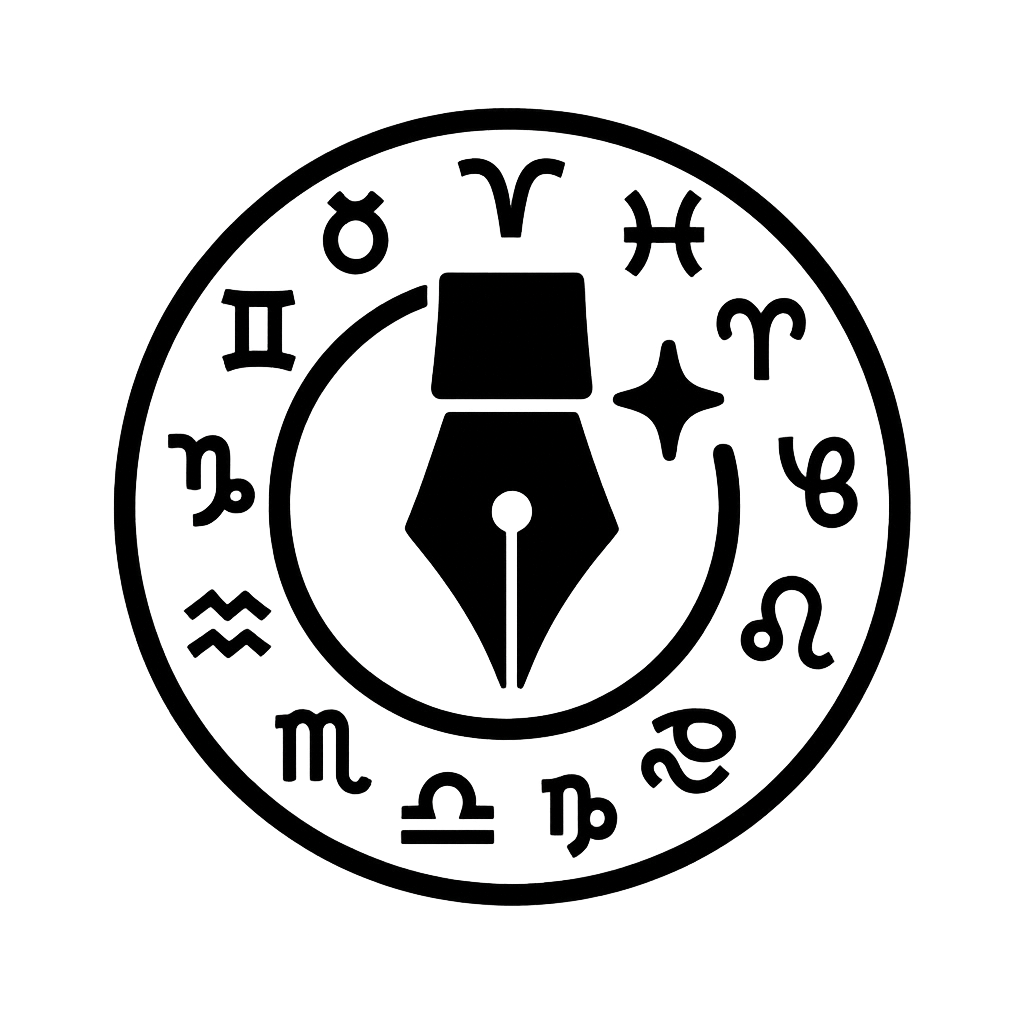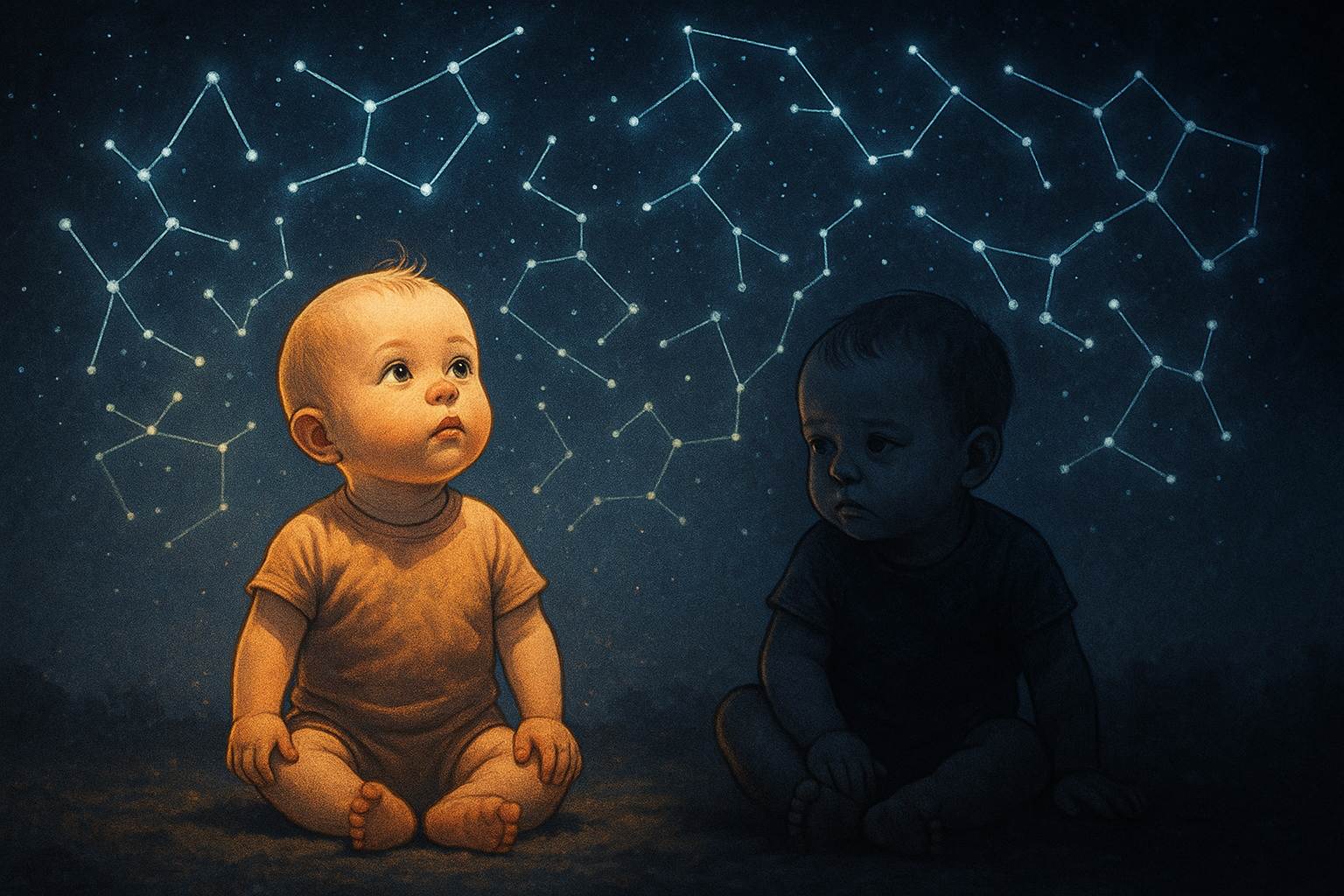My First Real Debate on Astrology
I recently had an unplanned astrological debate with my friends.
I, who has recently gained a lot of interest in astrology, was trying to explain a few good things to my friends. My friends, who absolutely hate astrology, were denying all my concepts and knowledge. Suddenly, one of them hit me with a question I didn’t have a concrete answer for:
“If twins are born mostly with a difference of a few seconds or minutes, and their birth chart is also similar, then how come their lives differ to such an extent?”
He backed this with real-life examples of twins living completely different lives — one becoming successful while the other struggles, one staying healthy while the other faces chronic issues, etc.
And then came the knockout punch:
“Imagine 10 babies born at the same time, same place, on the same day in a hospital — their birth charts would be almost identical, right? Then why do all of them grow up with such different lives, careers, fortunes, and families?”
At that moment, I could only respond with what felt right intuitively:
“Birth charts are only one layer. Your upbringing, your family’s love and support, your environment — all these matter too.”
But honestly, I felt underconfident, a little speechless, and deeply aware of my knowledge gap.
Curiosity Ignited: A Journey into Divisional Charts
After we all parted ways, this question lingered in my mind. I didn’t want to go back to my friends to prove them wrong. Instead, I was genuinely curious myself.
That’s when my research began.
I started reading blogs, watching astrologer podcasts, going deep into Quora answers — and finally, I stumbled upon something profound in Vedic astrology: Divisional Charts, especially the D60 chart (Shastiamsa).
I learned that even though the birth charts of twins may look almost identical — their planetary degrees can differ slightly due to even a minute’s difference in birth time. These small differences ripple out in divisional charts, particularly the D60 chart, which splits the zodiac into 60 parts per sign. This chart reflects the soul-level karma and subtle variations in fortune and life outcomes.
What is the D60 Chart?
The D60 or Shastiamsa chart is derived by dividing each sign (30°) into 60 equal parts of 0.5° each. A planet moving even by 0.5 degrees can change its D60 placement entirely.
That means even if two people (twins) are born within 3 minutes of each other, their planets might shift into different Shastiamsas, creating distinct karmic blueprints.
Famous astrologers often say:
“When in doubt, check D60. It reveals hidden truths that the birth chart can’t.”
Realistic Twin Chart Example
Let’s imagine two twins born 3 minutes apart.
- Twin A: Born at 08:15 AM
- Twin B: Born at 08:18 AM
- Date: 5th March 1990
- Place: Pune, Maharashtra, India
At first glance, both charts may show Pisces Ascendant, with Jupiter in Cancer, Moon in Libra, etc.
But look deeper:
- Mercury, being close to the edge of a degree, may fall into a different Shastiamsa (D60) division.
- This subtle change could mean Twin A has Mercury in a benefic Shastiamsa — giving rise to strong communication skills and business acumen — while Twin B may have Mercury in a malefic Shastiamsa, causing delays, confusion, or a quieter life path.
- Saturn or Rahu might also change Shastiamsas — one may bring hardship early in life, while the other leads to spiritual awakening.
The deeper you go, the clearer it becomes — even a 3-minute gap can completely alter a soul’s karmic trajectory.
The Subtle Factors Beyond Charts
Even if all astrological factors match perfectly, human life is layered:
- One twin may get more attention from parents.
- One may have a stronger immune system.
- Their free will, choices, effort, and emotional intelligence also play vital roles.
Astrology shows potential, not fixed fate.
What I Learned
This short journey into divisional charts gave me fresh insights. I regained my confidence and realized astrology is far deeper than most skeptics think. It’s not about blindly believing — it’s about studying, questioning, and discovering.
So the next time someone asks, “Why do twins live different lives?” — I’ll say:
“Because even the stars respect individuality — and astrology, when studied deeper, shows how.”

